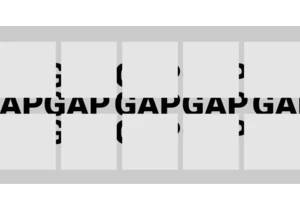In the short term, opinions about technology often follow a compressed form of Laver’s Law:
Everything just before me was completely broken. Everything that comes after me is completely unnecessary. Everything I use right now is perfectly fine; stop changing things.
We tend to judge things based on where we started, our personal “Year Zeros.” But what’s “Year Zero” for us isn’t “Year Zero” for others. And in the fullness of time, the good ideas win out and hindsight … Read article “It’s Always Year Zero”
The post It’s Always Year Zero appeared first on CSS-Tricks. You can support CSS-Tricks by being an MVP Supporter.
Zaloguj się, aby dodać komentarz
Inne posty w tej grupie

Styling the space between layout items — the gap — has typically required some clever workarounds. But a new CSS feature changes all that with just a few simple CSS properties that make it easy, ye

Being the bad boy I am, I don't take Tailwind's default approach to cascade layers as the "best" one. Over a year experimenting with Tailwind and vanilla CSS, I've come across what I believe is a b


KelpUI is new library that Chris Ferdinandi is developing, designed to leverage newer CSS features and Web Components. I've enjoyed following Chris as he's publishe

The CSS if() function enables us to use values conditionally, which we can already do with queries and other functions, so I’m sure you’re wondering: What exactly does if()

The CSS if() function was recently implemented in Chrome 137, making it the first instance where we have it supported by a mainstream browser. Let's poke at it a bit at a very high lev

Zell discusses refactoring the Resize, Mutation, and Intersection Observer APIs for easier usage, demonstrating how to implement callback and event listener patterns, while highlighting available o
